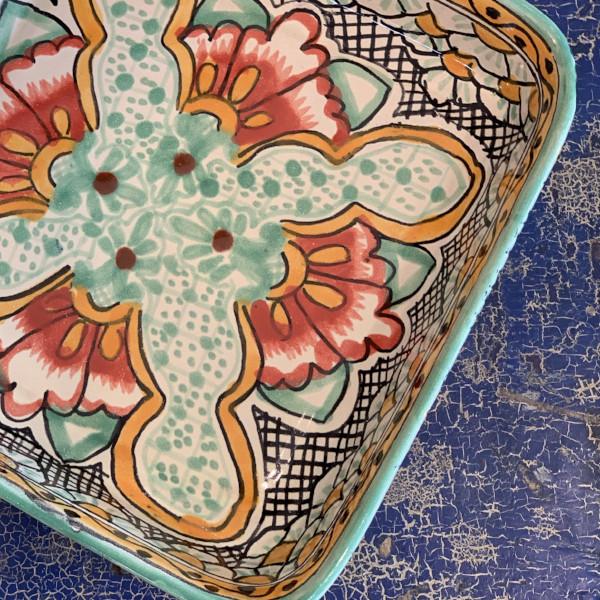Do you know anyone who says, "Day of the Dead is like Halloween in Mexico, right?"
Well, you can confidently inform them they are wrong. Actually, it's nothing like Halloween! There are some overlaps in the decorations and the prevalence of skulls and skeletons but the important holiday of Day of the Dead is much, much more than handing out candy to costumed trick-or-treaters. American Halloween customs are infiltrating the cities and towns of Mexico, but the beautiful traditions of Day of the Dead live on, especially in the rural pueblos and remote areas of the great country of Mexico.

Day of the Dead or Día de Muertos is a traditional holiday that is for remembering and honoring deceased friends and relatives. There are two days, November 1 and 2, and each has special significance. The belief is that the spirits of the dead come back to earth to visit the living during these two amazing days. One way to describe it, is that it's a little like Thanksgiving and Memorial Day wrapped into one holiday where families prepare special food, unique decorations and partake in significant activities in the home and at the cemetery. Graves and cemeteries are cleaned and decorated with candles, flowers and mementos of the person who died. It is a time for gathering at the cemetery to meet relatives and friends and reminisce about those departed loved ones.

It is a family time to remember those who have come before and the life they lived and loved. Celebrations take place both in the home by building an ofrenda covered with the photos and favorite items and foods of the deceased, and in the cemeteries, which are cleaned and prepared to entice the spirits to come back. The sugar skulls--which have become so popular in the US--are actually made of sugar and frequently have the name of the deceased written across the forehead. They are placed on the ofrenda as a symbol of the spirit of the person or people being honored.
Especially in rural areas, families gather together to clean and decorate at home and at the cemetery. They enjoy traditional foods like pan de muertos and they remember the person who died by talking about and sharing stories and memories. Frequently ofrendas are decorated with the sugar skulls but also skeletons, sometimes doing something that the person enjoyed doing--riding bikes, dancing, playing music etc.
There is a difference between the more solemn celebrations in the rural areas and the louder, more secular celebrations in the large cities. Because of the cultural familiarity with these images, many artisans make skeletons and skulls that are purely used for decoration and which can be found in many other places other than the ofrenda. They are folk art sculptures that convey the joy of life at the same time conveying the inevitability of death.
Be sure to check out our online shop for Day of the Dead folk art.




